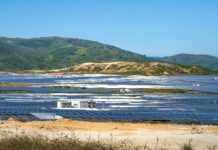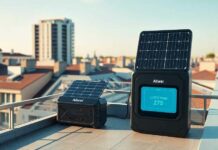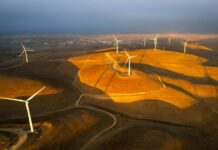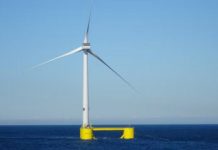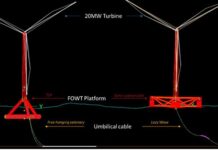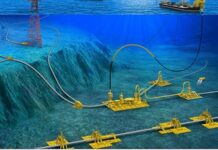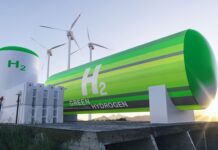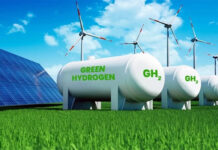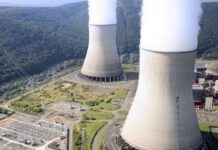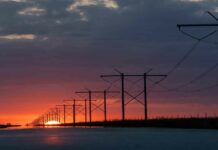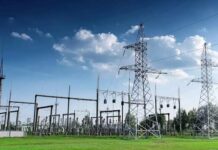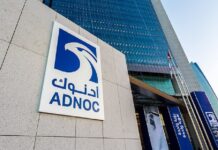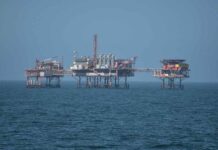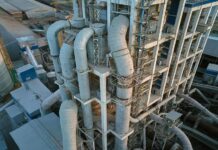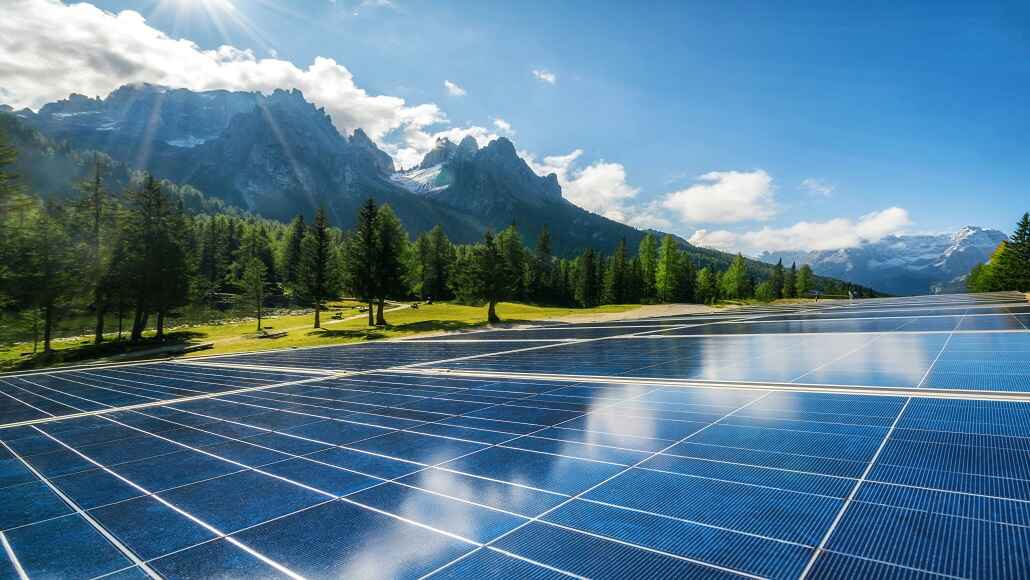Driven by the global transition towards renewable energy and, of course, sustainability, the solar inverter market is witnessing phenomenal progress, and why not? Sustainability has been on the top of the minds of many, and solar inverter makes this endeavor even more practical.
The global solar market is estimated to be around US$13 billion in 2025. It is forecasted to reach almost US$26 billion by 2034. Which means there is an acceleration of a CAGR of almost 8% right from 2025 to 2034. The solar inverter market size in Asia Pacific alone surpassed US$5.5 billion in 2025 and is expanding at a decent CAGR of just over 8% during the forecast period.
Before deep diving into what exactly a solar inverter can do on a larger picture, they convert DC electricity that is generated by solar panels into AC electricity so that it can be used in homes and utilities as well as businesses. There is no shred of doubt when we say that there are increasing investments that are taking place in solar energy, advancement in the inverter technologies in particular, and of course, government incentives are key factors that are fueling market expansion.
What Is a Solar Inverter?
A solar inverter is a type of power inverter that converts the variable direct current output of a particular photovoltaic solar panel into a utility frequency alternating current, which is also known as AC, that can be fed into a commercial grid or be used by a local grid electrical network.
The market happens to be segmented based on the type, which is central, string, micro inverters, as well as hybrid. Apart from this, the market is also segmented on the basis of phase, which is single phase and three phase. And lastly, it is also segmented on the basis of application, like where they are used—residential, commercial, or utility.
What is the Impact of AI on the Solar Inverter Market?
It is well to be noted that AI is transforming the way the solar inverter industry is working by way of enhancing its efficiency, predictive maintenance, and great stability.
What Do The AI-Driven Inverters Actually Do?
They improve the yield of energy – Artificial intelligence makes sure to optimize power conversion as well as adjust real-time settings so as to maximize the effectiveness.
They help with predictive maintenance – The machine learning algorithms go on to detect faults much before failures take place, thereby reducing the downtime.
They help in elevating the grid management – SMART inverters that have artificial intelligence in them can support grid stability through altering output in response to the grid conditions.
They help with the storage of energy – Artificial intelligence makes sure to optimize the usage of the battery in a hybrid inverter, hence improving the overall energy management.
The Market Drivers
Giving renewable energy a try – The rising numbers of solar installations across the world happen to drive demand for inverters, and that too for the efficient ones.
The enormous effects of government incentives and the policies that come along – Subsidies and tax benefits, as well as net metering policies, promote solar adoption in a big way.
Modernisation of grid – Smart grid infrastructure is witnessing rising investments, and so are distributed energy systems.
Solar components and their consistently declining costs – Lower costs of solar panels and inverters make solar energy more accessible.
What Are the Opportunities in Store?
Energy storage solutions, seeing a rise – Growth, when it comes to battery storage systems, creates demand as far as hybrid inverters are concerned.
Emerging market expansion – countries such as the ones in Asia and Africa, as well as Latin America, are witnessing a rapid adoption when it comes to solar energy.
Blending artificial intelligence & IoT – There are massive technology developments taking place in smart inverters, such as remote monitoring and self-healing capabilities that themselves go on to present fresh opportunities.
Floating solar farms are on the rise – The rising adoption, when it comes to floating solar installations, will surely need specialized inverters.
Hurdles
The starting cost, which itself is pretty high – In spite of the fact that the costs are declining, the upfront cost of a complete solar system is still a major barrier.
Issues pertaining to grid integration – In order to manage solar power generation, which is variable, advanced inverter technologies are required.
Risks pertaining to cyber security – It is a known fact that smart inverters, which are connected to the grid, happen to be vulnerable when it comes to cyber threats.
Shortage in components – When there is a supply chain disruption scenario and also raw material shortage, either of them can affect the component production, which can lead to a precarious situation.
When we talk of a Regional Perspective, every geography has a different aspect pertaining to the solar inverter.
For instance, North America has very robust government incentives that are in place, and apart from that, there is a strong residential and commercial solar installation wave that is witnessed. In addition to this, there is also an advancement in the field of hybrid inverters, which is driving the growth story.
Europe on the other hand, is leading in the adoption of solar with very strict renewable energy targets as well as high grid modernization efforts that are being put in place.
Favorable policies as well as large-scale solar projects make Asia-Pacific the fastest-growing market as far as the solar inverter market is concerned. This massive rise in demand is due to promising markets, such as China, India, and Japan.
And when we talk of the Middle East, Latin America, and Africa markets, there is an increasing investment that is taking place in solar energy so as to reduce overdependence on fossil fuels. The key markets across this region are the UAE, Brazil, and, of course, South Africa.





